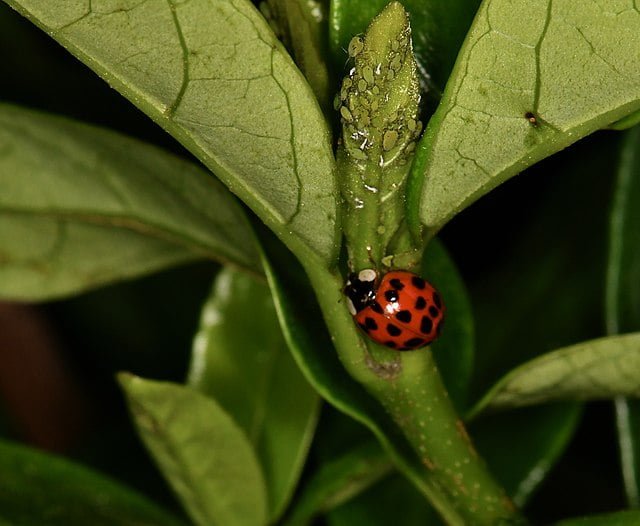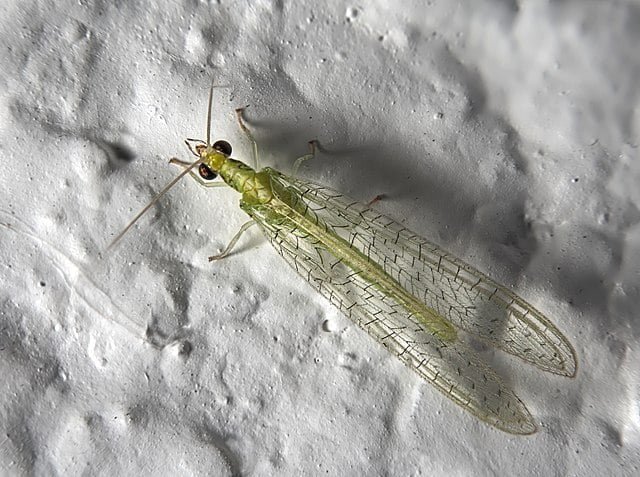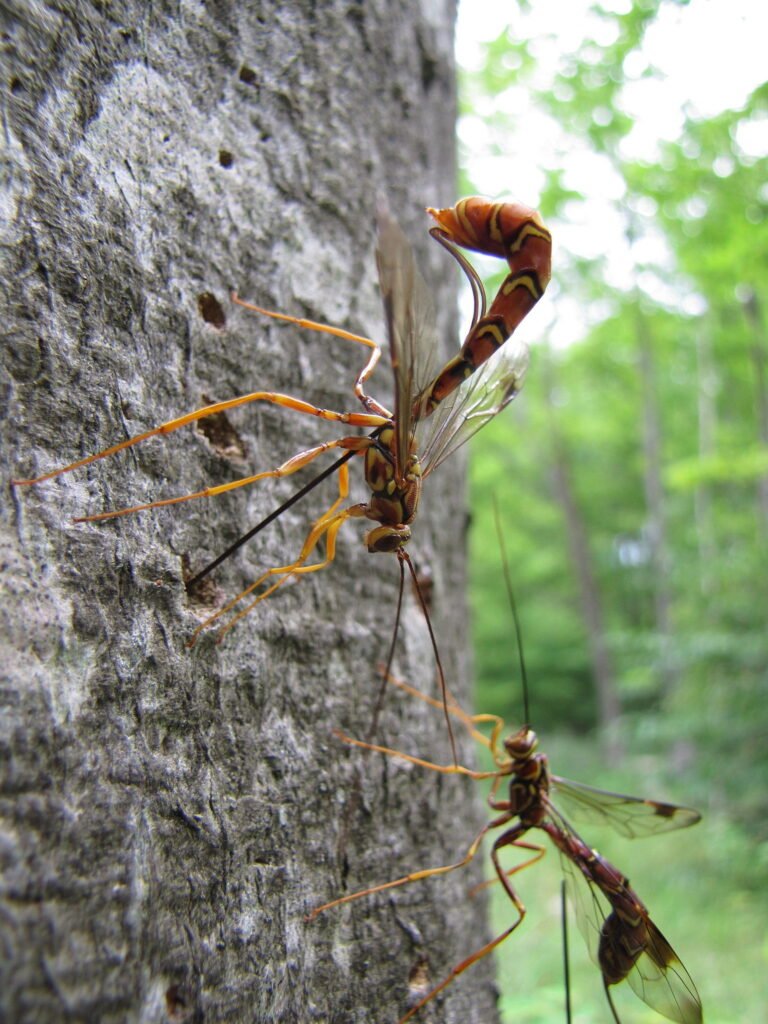Integrated Pest Management: A Comprehensive Guide for Sustainable Gardening
Pest control is one of the most significant challenges gardeners face, especially those committed to organic and sustainable gardening methods. Thankfully, Integrated Pest Management (IPM) provides a solution.
What is Integrated Pest Management (IPM)?
IPM is an eco-friendly, comprehensive approach to managing pests. It prioritizes long-term prevention, focusing on keeping pests below the level where they can cause significant damage. Rather than relying on one method, IPM employs a combination of biological control, habitat manipulation, modification of cultural practices, and the use of resistant varieties.
The Four Pillars of IPM
A. Monitoring and Identification: Not all insects, weeds, and other living organisms require control. Many are beneficial. Monitoring and accurate identification ensure that control methods are only used when necessary and target the right pests.
B. Prevention: The first line of defense in IPM is prevention. By growing a healthy crop less susceptible to pests and using cultural practices like crop rotation and sanitation, you can reduce the occurrence and impact of pests.
C. Control: When preventive methods are not enough, it’s time to control. But instead of reaching immediately for pesticides, consider less risky methods first, such as mechanical (handpicking, traps) and biological controls (using predators, parasitoids, or pathogens). Chemical control is used as a last resort, and the choice of product reflects the least possible risk to non-target organisms, humans, and the environment.
D. Evaluation: After control measures have been implemented, it’s essential to assess the effectiveness of the strategy and make necessary adjustments.
Benefits of IPM
A. Environmentally Friendly: By reducing the indiscriminate use of pesticides and promoting biological control methods, IPM protects the environment and beneficial organisms that provide natural pest control.
B. Economically Viable: IPM can reduce costs by minimizing the use of pesticides and reducing crop loss through effective pest management.
C. Promotes Sustainable Agriculture: IPM contributes to the sustainability of agricultural and horticultural systems by enhancing soil health and biodiversity.
D. Human Health: Reducing pesticide use also minimizes the exposure of farmers, gardeners, and consumers to potentially harmful chemicals.
Implementing IPM in Your Garden
Start by educating yourself about the pests that affect your plants and their natural enemies. Keep an eye on your garden, checking plants regularly for signs of disease or insect damage. Enhance your garden’s health with good cultural practices like proper watering, fertilizing, and spacing.
If pests become problematic, introduce beneficial insects or use less harmful control methods like traps or repellents. Only resort to chemical controls when all else fails, and even then, choose products that do the least harm to the environment and beneficial insects.
In conclusion, IPM isn’t a one-size-fits-all approach but a series of strategies tailored to your specific situation and goals. It requires a bit of knowledge and effort, but the rewards — a healthier, more vibrant, and sustainable garden — are well worth it. Happy gardening!




